2 without addition of ascorbic acid bce solution was stable during the. Ascorbic acid temperature-dependence stability degradation fluorimetric method.

Vitamin C Degradation Products And Pathways In The Human Lens Journal Of Biological Chemistry
Results of these analyses indicate that AA was decomposed to a complex mixture of reaction products.

. In solutions and creams ascorbic acid is susceptible to air and light and undergoes oxidative degradation to dehydroascorbic acid and further to inactive products. It is suggested that dissolved oxygen concentration was limiting above 92C resulting in a rate decrease between 92 and 105C. The degradation is influenced by.
The method of ascorbic acid concentration quantification is not mentioned which provides uncertainty with regard to the validity of the ascorbic acid concentrations measured at near. AA degradation can be eliminated most effectively by soaking the vials in 05 molL NaOH for 30 min rinsing with distilled deionized water conductivity 18 siemens soaking in 1 molL HCl and again rinsing with distilled deionized water. Validation experiments revealed good linearity with R2 0999 within the established concentration range and excellent repeatability 93.
Incubation period the coupling rate of dehydroascorbic acid is 95 that of gulonic acid and thus the values are more nearly correct than those obtained with a. B 12b alone is directly oxidized to the ring cleavage products. The degradation processes of ascorbic acid are very complex and contain a number of oxidationreduction and intermolecular rearrangement reactions Kimoto et al 1993.
B 12 is degraded to B 12b which undergoes oxidation to corrin ring cleavage products. The degradation of L-ascorbate AsA and its primary oxidation products L-dehydroascorbate DHA and 23-L-diketogulonate 2 3-DKG were studied under physiological conditions. A mechanism for the non-oxidative degradation reaction of L-ascorbic acid including the formation of 3-deoxy-L-pentosone and furfural was proposed.
Adaptive properties to L-ascorbic acid J Vitaminol Kyoto. The degradation kinetics of 5 10 5 M cyanocobalamin B 12 and hydroxocobalamin B 12b in the presence of ascorbic acid AH 2 was studied in the pH range of 1080. For example in the case of ascorbic acid degradation in 40 vv ethanol at 35 C the additional data collected is at near-zero concentration or possibly when ascorbic acid is entirely degraded.
Introduction Vitamin C ascorbic acid is known to be one of the most unstable nutrients found in food Moreira et al 2006. For example when peaches boysenberries or strawberries are stored at 7C instead of 18C the rate of ascorbic acid. Several studies have demonstrated the rate of ascorbic acid AA degradation in various foods Sinha et al 2012.
Dehydroascorbic acid The ascorbate ion is the predominant species at typical biological pH values. 105925jnsv19546225 No abstract available. It is a mild reducing agent and antioxidant.
For some vials the amount of AA degradation varied among the vials vial lots 1 5 6 and 9. Ascorbic acid HC6H7O6 or C6H8O6 CID 54670067 - structure chemical names physical and chemical properties classification patents literature biological. Ascorbic acid vitamin C degradation during electrical and conventional heating was studied to determine if the presence of an electric field altered the rate of degradation.
The second mechanism is much slower and thus the degradation curve may appear as having an asymptotic residual concentration of AA. Subsequently the obtained reaction mixtures were evaporated to dryness and analysed by FT-IR 1 H-NMR and GC-MS techniques. The method was fully validated in terms of linearity LOD LOQ accuracy and interday precision.
As a result ascorbic acid is degraded during the thermal treatments applied into fresh squeezed juices in order to guarantee safety and stability. Vitamin C may be degraded under aerobic and anaerobic conditions. For this reason new processes should be designed in order to minimize nutritional losses in such beverages.
The degradation rate increased with lower lecithin concentrations with the same extract amount of 02 as noted in previous studies in which the highest degradation in anthocyanins was detected for samples with 01 ascorbic acid. Kirk and coworkers 17 19 have used the continuous flow analysis for studies of the kinetics of ascorbic acid degradation in model systems. L-ascorbic acid degradation by bacteria.
Aerobic where it is first oxidized to dehydroascorbic acid DHAA and anaerobic where it is not. Isothermal chemical degradation of ascorbic acid AA can follow simultaneously two major pathways. 18 have shovn however that with a 6-hr.
The LOD of the method was 01524 ngmL whereas the LOQ was 04679 ngmL. Rates of ascorbic acid degradation ranged from 15-105 mg100g solidsmin while the activation energy was in the range of 1417 Kcalmole. It was shown that aldopentoses and 2-keto-L-gulonic acid themselves were not intermediates of the reaction.
Supporting Information Volume 54 Issue 9. MeSH terms Ascorbic Acid metabolism. 28 32 furthermore as observed in fig.
The degradation of ascorbic acid has been considered one of the major causes of quality and color changes during processing and storage of food products. Pg502 Ascorbic acid loss in frozen foods is highly temperature dependent. Analysis determined that L-erythrulose ERU and oxalate were the primary degradation products of ASA regardless of which compound was used as the starting material.
DEGRADATION IIODUCTS OF ASCORBIC ACID 431 times. It is oxidized with loss of one electron to form a radical cation and then with loss of a second electron to form dehydroascorbic acid. The loss of α increased at 90 C under both oxygen and argon atmospheres.
In an acid aqueous solution ascorbic acid was converted to 2-furoic acid and 3-hydroxy-2-pyrone via dehydroascorbic acid under aerobic conditions whereas. N-Araboascorbic acid was also degraded in the same way to furfural and 3-deoxy-D-pentosone. In these lyophiles vitamin degradation also significantly increased P 005 at lower proportions of ascorbic acid a scenario likely encountered in foods wherein vitamins are naturally present or added at low concentrations and production practices may promote amorphization of the vitamin.

Characterisation Of The Non Oxidative Degradation Pathway Of Dehydroascorbic Acid In Slightly Acidic Aqueous Solution Sciencedirect

Frontier Orbitals And Transition States In The Oxidation And Degradation Of L Ascorbic Acid A Dft Study Organic Biomolecular Chemistry Rsc Publishing Doi 10 1039 C5ob00035a
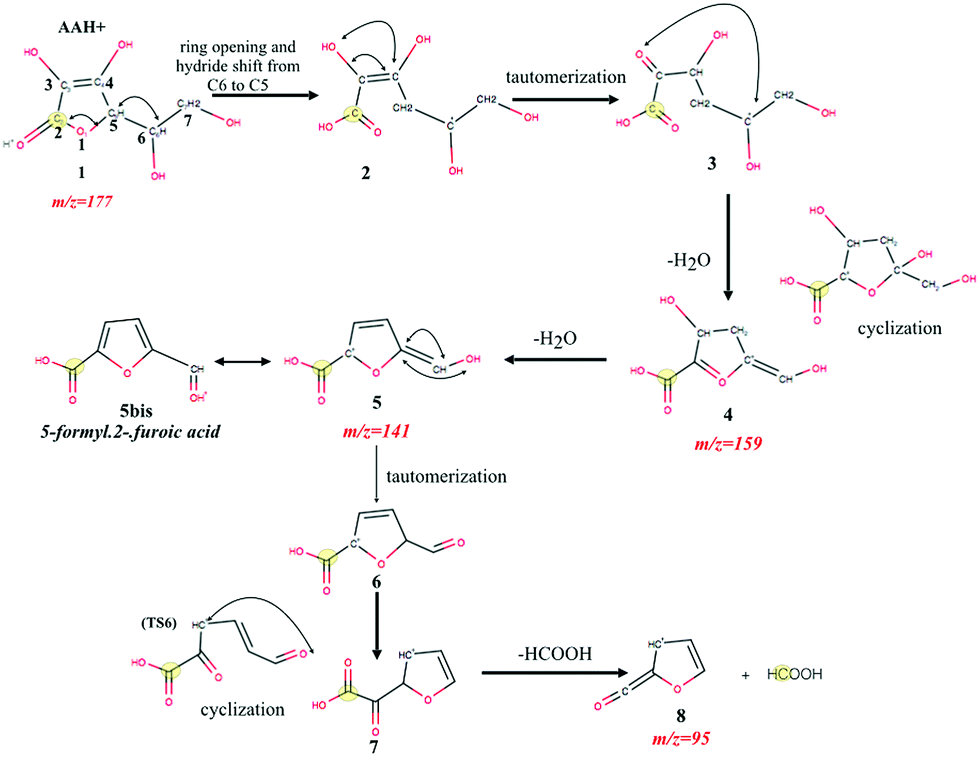
From Ascorbic Acid To Furan Derivatives The Gas Phase Acid Catalyzed Degradation Of Vitamin C Physical Chemistry Chemical Physics Rsc Publishing Doi 10 1039 C8cp01893f
Degradation Of Ascorbic Acid Aa To Dehydroascorbic Acid Dha And Download Scientific Diagram

Pdf Stability And Stabilization Of Ascorbic Acid Semantic Scholar
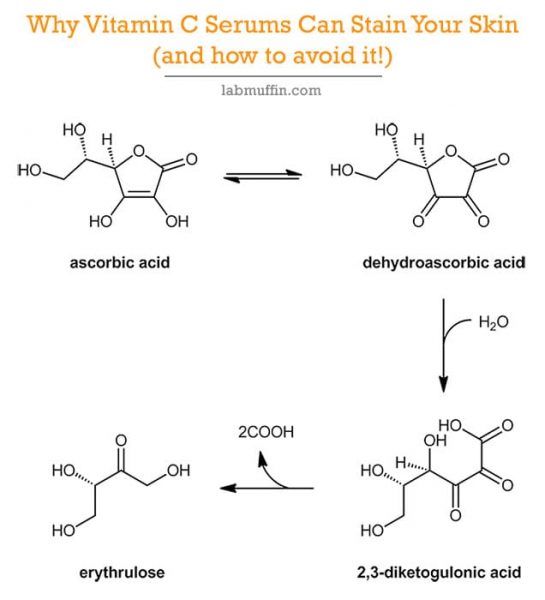
Why Vitamin C Can Stain Your Skin And How To Avoid It Lab Muffin Beauty Science
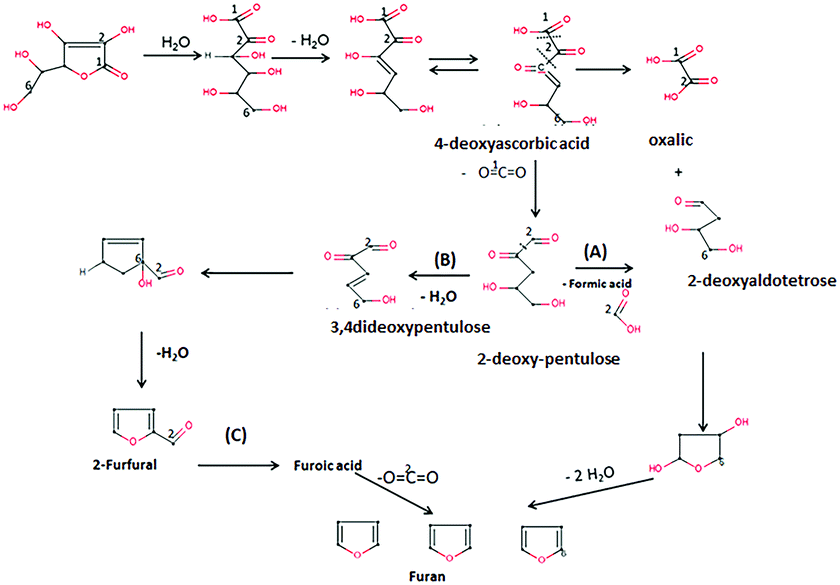
From Ascorbic Acid To Furan Derivatives The Gas Phase Acid Catalyzed Degradation Of Vitamin C Physical Chemistry Chemical Physics Rsc Publishing Doi 10 1039 C8cp01893f

Vitamin C Metabolism Ascorbic Acid Participates Both In Acid Base Download Scientific Diagram

Scheme 2 Aerobic Degradation Of Ascorbic Acid Ah2 In Aqueous Solution Download Scientific Diagram

Figure 1 From Factors That Impact The Stability Of Vitamin C At Intermediate Temperatures In A Food Matrix Semantic Scholar

The Oxidation Pathway Of Ascorbate Vitamin C Consists Of Ascorbate Download Scientific Diagram
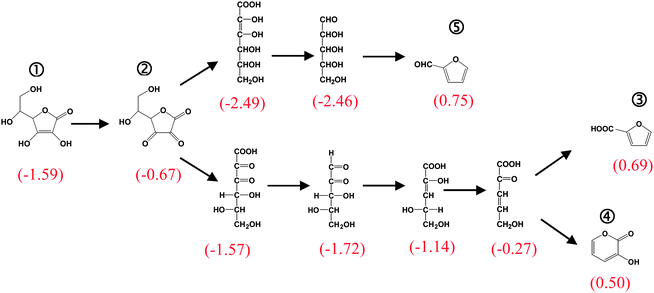
The Role Of Stearic Acid In Ascorbic Acid Protection From Degradation A Heterogeneous System For Homogeneous Thermodynamic Data New Journal Of Chemistry Rsc Publishing Doi 10 1039 C2nj40933j
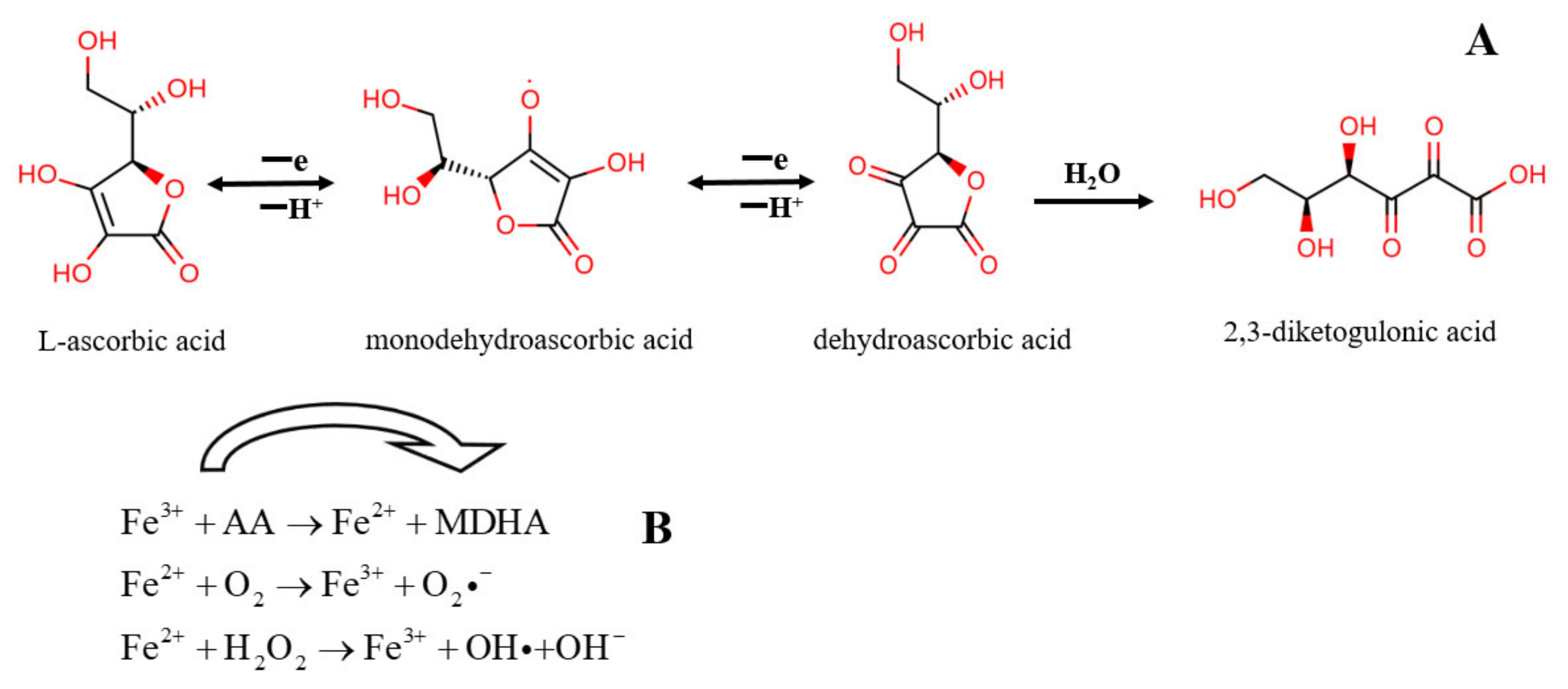
Antioxidants Free Full Text Chemical Stability Of Ascorbic Acid Integrated Into Commercial Products A Review On Bioactivity And Delivery Technology Html
6 Ages Formed From Ascorbic Acid Or Degradation Products Of Dha Download Scientific Diagram

1 3 Dinitrobenzene Reductive Degradation By Alkaline Ascorbic Acid Reaction Mechanisms Degradation Pathways And Reagent Optimization Sciencedirect
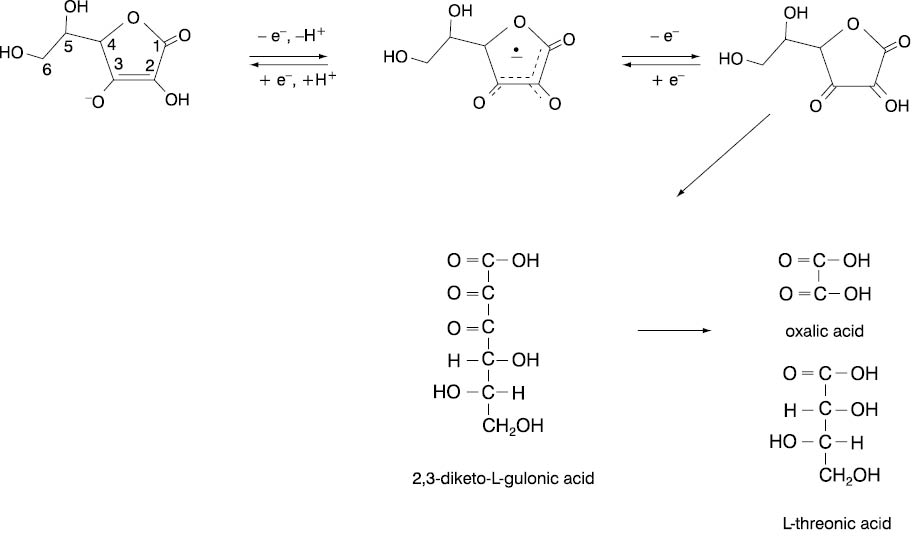
Vitamin C In Disease Prevention And Therapy Biochemia Medica
2 19 F Nmr Ascorbic Acid Oxidation And Degradation Product Tracers Download Scientific Diagram
